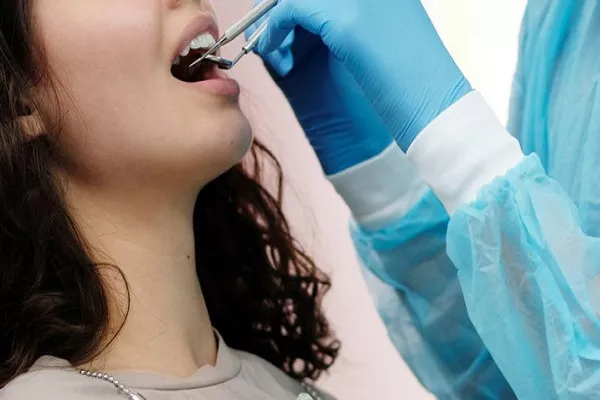In the realm of dental care, orthodontic treatment plays a pivotal role in addressing various dental issues and enhancing oral health. From misaligned teeth to bite irregularities, orthodontic interventions are designed to provide solutions that go beyond mere aesthetic improvements. In this comprehensive article, we will delve into the essential aspects of orthodontic treatment, exploring different types of procedures, the benefits they offer, and crucial considerations when choosing the right treatment for your specific needs.
Understanding Orthodontic Treatment
Orthodontic treatment is a specialized field of dentistry focused on diagnosing, preventing, and correcting dental irregularities. These irregularities often involve the alignment of teeth and jaws. The primary goal of orthodontic care is not only to enhance the appearance of a patient’s smile but also to ensure optimal oral function and health.
a. Types of Orthodontic Procedures
Orthodontic procedures encompass a range of interventions tailored to address specific dental issues. Common types of orthodontic treatments include braces, aligners, retainers, and jaw surgery. Each type serves a unique purpose, with the choice depending on the nature and severity of the dental problem.
b. Braces: A Time-Tested Solution
Braces remain a classic and effective orthodontic treatment. Comprising brackets, wires, and bands, braces work by applying continuous pressure to gradually shift teeth into the desired position. Advances in orthodontic technology have led to the development of various types of braces, including traditional metal braces, ceramic braces, and lingual braces.
c. Aligners: Embracing Modern Solutions
In recent years, clear aligners have gained popularity as a discreet and convenient alternative to traditional braces. These custom-made, transparent trays gradually move teeth into alignment. Popular brands like Invisalign have revolutionized orthodontic treatment, providing patients with a more aesthetically pleasing and comfortable option.
d. Retainers: Maintaining the Results
After completing the active phase of orthodontic treatment, retainers play a crucial role in maintaining the achieved results. Retainers prevent teeth from shifting back to their original positions, ensuring the longevity of the orthodontic intervention.
Benefits of Orthodontic Care
Orthodontic treatment offers a myriad of benefits that extend beyond cosmetic improvements. Understanding these advantages can help individuals make informed decisions about pursuing orthodontic care.
a. Enhanced Oral Health
Properly aligned teeth are easier to clean, reducing the risk of dental issues such as cavities and gum disease. Orthodontic treatment contributes to improved oral hygiene and overall dental health.
b. Functional Improvements
Correcting bite irregularities and misalignments enhances the functionality of the jaw, reducing the risk of temporomandibular joint (TMJ) disorders and related discomfort.
c. Boosted Confidence
A straight and aesthetically pleasing smile can have a positive impact on an individual’s self-esteem and confidence. Orthodontic treatment goes beyond physical health, contributing to mental and emotional well-being.
Choosing the Right Orthodontic Treatment
Selecting the most suitable orthodontic treatment requires careful consideration of various factors. Understanding these considerations empowers individuals to make informed decisions about their dental care.
a. Consultation with Orthodontic Professionals
Scheduling a consultation with an orthodontic specialist is the first step in determining the most appropriate treatment plan. Professionals can assess the specific dental issues, discuss available options, and provide personalized recommendations.
b. Treatment Duration and Maintenance
Different orthodontic treatments vary in duration and maintenance requirements. Understanding the time commitment and follow-up care associated with each option is crucial for individuals seeking orthodontic interventions.
c. Cost Considerations and Insurance Coverage
Orthodontic treatment costs can vary, and it’s essential to consider financial aspects. Inquiring about insurance coverage and potential payment plans can help individuals plan for the financial aspects of their orthodontic journey.
In conclusion, orthodontic treatment encompasses a range of interventions designed to address dental irregularities, providing both aesthetic and functional benefits. From traditional braces to modern aligners, individuals have diverse options to choose from based on their unique needs.
Related Links:
Unveiling the Truth: Is Invisalign Covered Under Orthodontics?
Mastering the Art of Removing Orthodontic Brackets: A Comprehensive Guide
Navigating the Financial Landscape: Are Orthodontics Covered by Insurance?




























